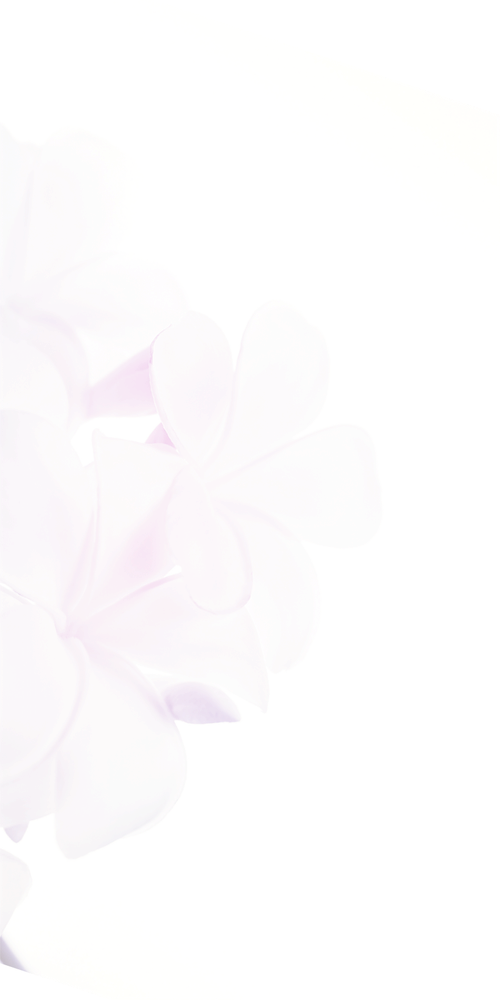“I want a chemical peel, but not much downtime or pain!”
If this is how you feel, you will be glad to know that there are lighter peels with minimal to no shedding that produce profound effects! Here are four acids that can rock your skin into better health and beauty.
Salicylic Acid
A beta-hydroxy acid derived from willow bark which means it is oil soluble and can penetrate deeper into the pores. This acid is the best option when treating acne because it breaks down dirt and debris that clogs pores. Acne is often caused by excessive oil production, abnormal cell turnover, and the presence of p. acnes bacteria. When the cycle of cell turnover is disrupted, the skin cells stick together instead of shedding to make space for new cells which cause pores to clog and leads to blackheads. Salicylic acid promotes the shedding of dead skin cells allowing cell turnover to continue at a normal rate and in turn helps to clear out pores and get rid of blackheads. Salicylic acid helps the skin regulate its oil production and helps to reduce acne. Salicylic acid also has antibacterial properties that help battle the P. acnes bacteria on the skin. Salicylic acid is a great ingredient for exfoliation, and it is a great chemical peel to refine texture and clean out pores.
Glycolic Acid
An alpha-hydroxy acid derived from sugar cane and it is water-soluble. This is a great acid to pair with salicylic because it works synergistically by exfoliating the stratum corneum which is the superficial layer of dead skin while salicylic acid penetrates the pores to clean out any dirt and debris. Glycolic acid has a smaller molecular size than most acids which means it penetrates the skin faster and deeper than other alpha hydroxy acids. Exfoliating the top layer of skin allows the following products to penetrate deeper which will give you the best result from your skincare as possible. Glycolic acid will leave your skin refreshed, glowing, and smooth.
Lactic Acid
An alpha-hydroxy acid derived from milk and is also water-soluble. The most common use for lactic acid is for hyperpigmentation and any other brightening treatments. Lactic acid has been used as a brightening treatment for a very long time and can even be dated back to ancient Egypt; it is said that Cleopatra used to bathe in sour milk to brighten her skin and give her a golden hue do to a large amount of lactic acid. This is a great acid to use on more sensitive skin due to its large molecular size it will not penetrate as deep and would work great on sensitive skin. If you want brighter skin with little to no peeling and leave glowing than this is the acid for you.
Mandelic Acid
An alpha hydroxy acid derived from bitter almonds and it is another water-soluble acid. It does not penetrate as far as salicylic or Glycolic. Mandelic acid has a larger molecular size than glycolic so it takes longer to penetrate the skin and does not go as deep which makes it less irritating and a good option for sensitive skin. The main concerns that are treated with Mandelic acid would be hyperpigmentation, fine lines and wrinkles, and photo-aging. Mandelic acid promotes an increase in cell turnover which helps to reduce fine lines and wrinkles as well as reduce any pigmentation on the skin. It dissolves the bond between skin cells which allows them to shed faster, even complexion, and smooth the skin. Due to the molecular size of Mandelic acid, it is a great option for sensitive skin and even for someone with rosacea. Mandelic acid can also help with acne by regulating oil production and by fighting the bacteria on the skin.




